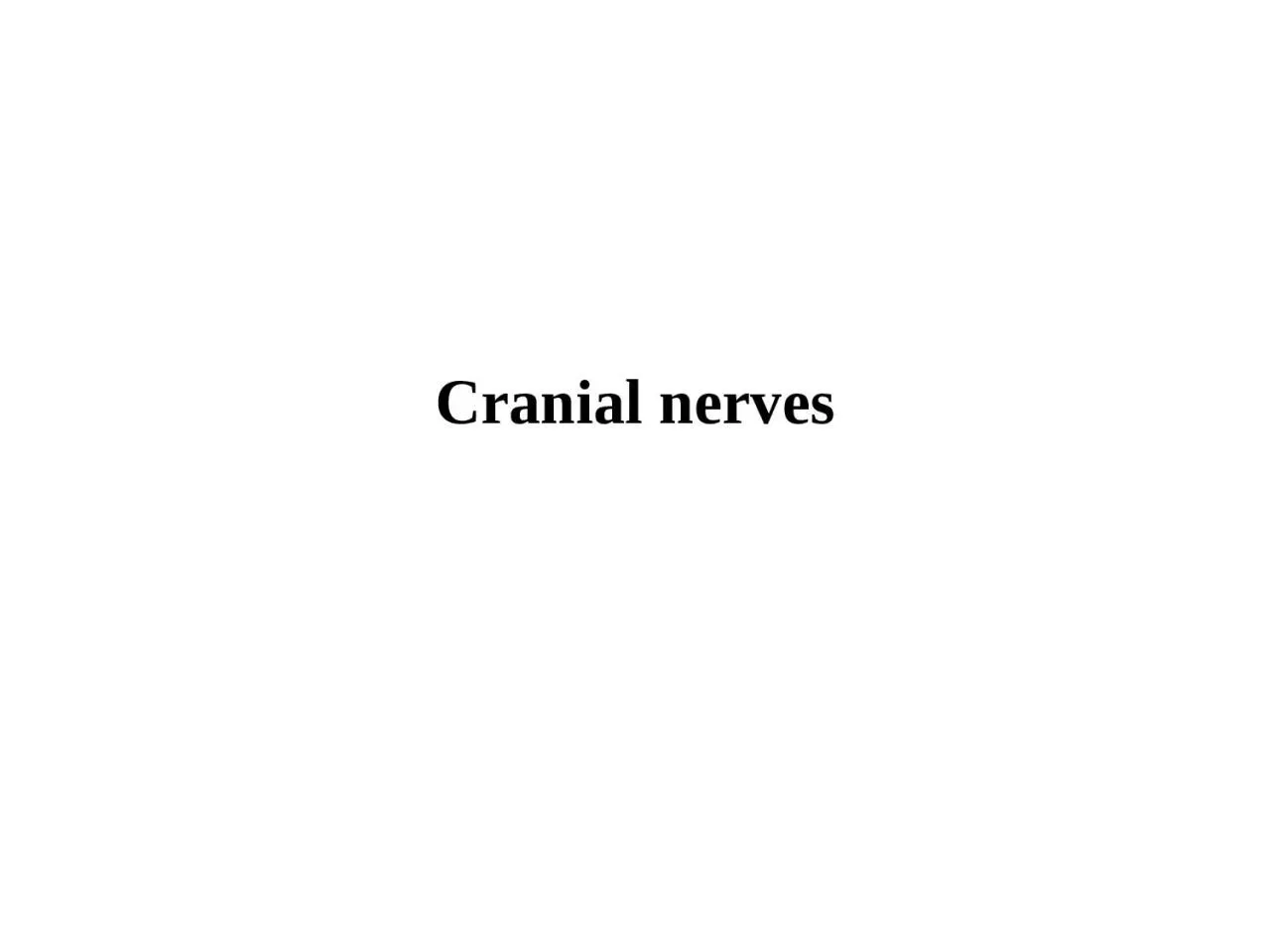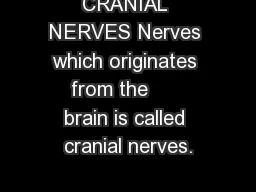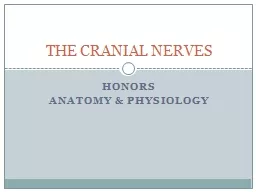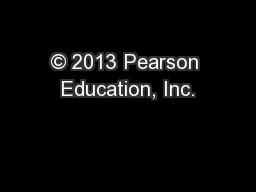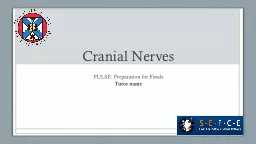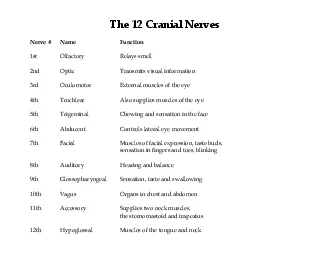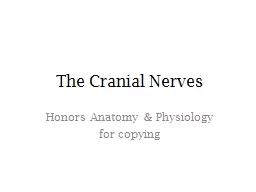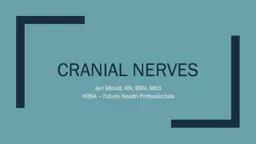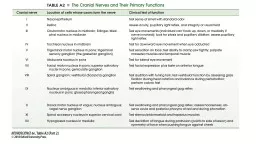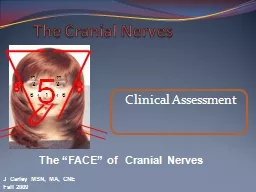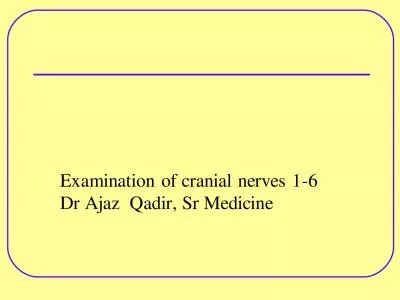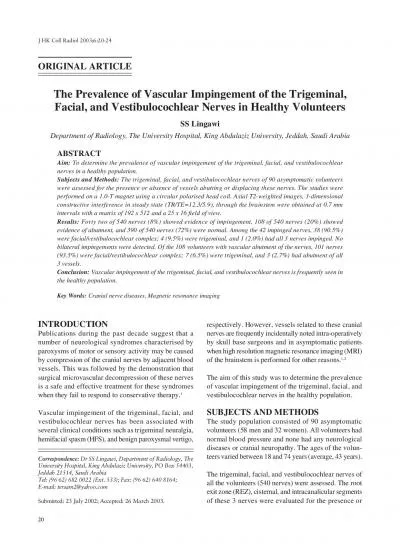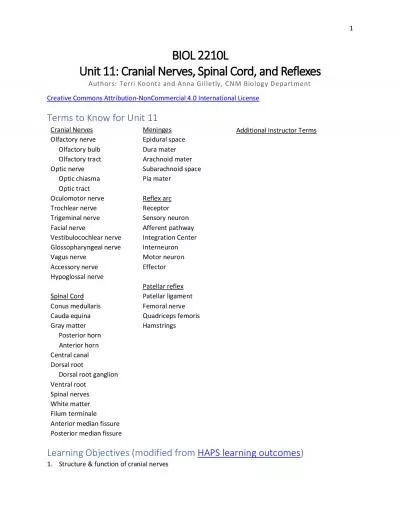PPT-Cranial nerves Olfactory nerve
Author : grace3 | Published Date : 2024-03-13
Component sensory Function smell Examination Ask whether the patient tastes and smells his food normally NB as the food passes through the buccal cavity
Presentation Embed Code
Download Presentation
Download Presentation The PPT/PDF document "Cranial nerves Olfactory nerve" is the property of its rightful owner. Permission is granted to download and print the materials on this website for personal, non-commercial use only, and to display it on your personal computer provided you do not modify the materials and that you retain all copyright notices contained in the materials. By downloading content from our website, you accept the terms of this agreement.
Cranial nerves Olfactory nerve: Transcript
Component sensory Function smell Examination Ask whether the patient tastes and smells his food normally NB as the food passes through the buccal cavity its volatile part is exhaled in to the nasal cavity where its smelled and because olfaction is more acute than . Cranial. Nerve. Function. (main)Parasympathetic. . Ganglia. (main)Sensory Ganglia. I. Olfactory. Special sensory. II. Optic. Special sensory. III. Occulomotor. Motor. Ciliary. IV. Trochlear. Motor. There are 12 pairs of cranial nerves.. Name of the Cranial Nerves. I. Olfactory n.. II. Optic n.. III. Occulomotor n.. IV. . Trochlear. n.. V. Trigeminal n.. VI. . Abducent. n.. VII. Facial n.. VIII. . THE CRANIAL NERVES. CRANIAL NERVES. 12-pair. named “cranial” because each passes thru a foramina of the cranium. part of PNS. each with roman numeral (order from anterior . posterior in which nerves arise from base of brain) & a name that indicates nerve distribution. Ch. 13 Anatomy of the Nervous System …. . . PERIPHERAL N.S. . The Peripheral Nervous System. Components:. Central nervous system (CNS). Peripheral nervous system (PNS). Motor (efferent) division. Tutor name. TuBS. attendance. https://tutorialbooking.com/. Session overview. Common cranial nerve conditions for the OSCE. How to present your findings. Summary of clinical signs. Case presentations and viva questions. Cranial Nerve 1 Sensory nerve Olfactory Nerve controls sense of smell Cranial Nerve 2 on by sending information from retina Cranial Nerve 3 Motor nerve- Oculomotor Nerve-Controls most eye muscles W for copying. CRANIAL NERVES. 12-pair. named “cranial” because each passes thru a foramina of the cranium. part of PNS. each with roman numeral (order from anterior . posterior in which nerves arise from base of brain) & a name that indicates nerve distribution. HOSA – Future Health Professionals. On Fin . Old And. Olympus German. Towering Viewed. Top Some. A Hops. 12 pairs. I Olfactory VII Facial. II Optic VIII Acoustic. III Oculomotor IX Glossopharyngeal. Objectives. Identify cranial nerves and describe the function of each. Understand the signs and tests for CN dysfunction. Make an . accurate. model of the ventricle system of the brain. Discuss the clinical implications of dysfunction in the ventricular system. The “FACE” of . Cranial . Nerves. J Carley MSN, MA, CNE. Fall 2009. 1. 2. 2. 3. 3. 4. 4. 5. 6. 6. 8. 8. . 9. 10. 12. I Olfactory. II Optic. III Oculomotor. IV Trochlear. V Trigeminal. VI Abducens. How-I-do-itBernd F. Tomandl; Norbert Sommer; Patrick J. Egan; Tibor C. MitrovicsDpt. of Radiology and Neuroradiology, Christophsbad Hospital, Göppingen, GermanyDpt. of Neurology, Christophsbad Hospit - 6 Dr Ajaz Qadir, Sr Medicine Cranial nerve examination Cranial nerves I. Olfactory II. Optic III. Occulomotor IV. Trochlear V. Trigeminal VI. Abducent VII. Facial VIII. Auditory IX. Glossopharyng J HK Coll Radiol 2003;6:20-24 ORIGINAL ARTICLE To determine the prevalence of vascular impingement of the trigeminal, facial, and vestibulocochlearperformed on a 1.0-T magnet using a circular polarise 1 BIOL 2210L Unit 11 : Authors: Terri Koontz and Anna Gilletly, CNM Biology Department Creative Commons Attribution - NonCommercial 4.0 International License Terms to Know for Unit 1 1 Cranial Ner
Download Document
Here is the link to download the presentation.
"Cranial nerves Olfactory nerve"The content belongs to its owner. You may download and print it for personal use, without modification, and keep all copyright notices. By downloading, you agree to these terms.
Related Documents

